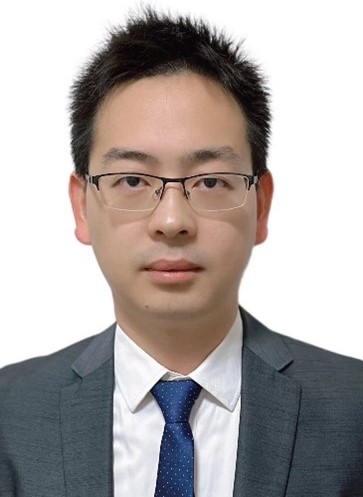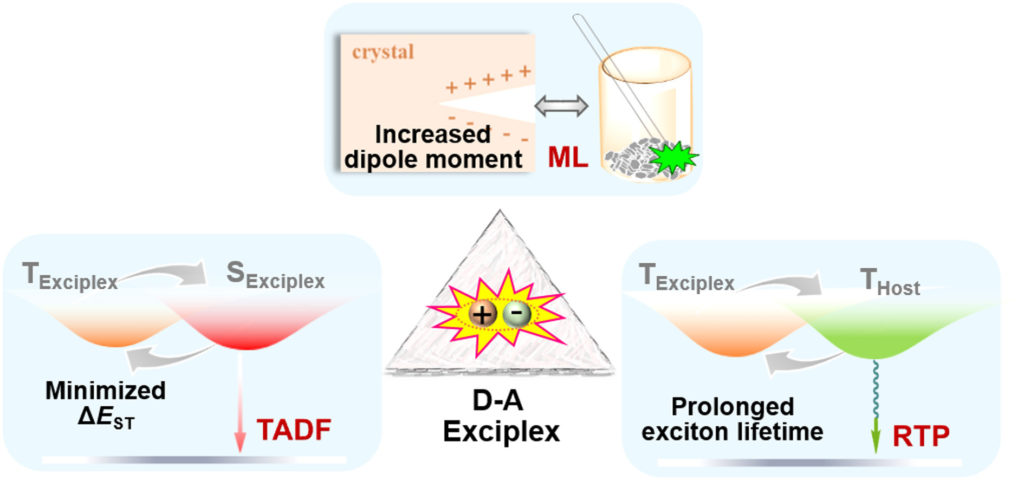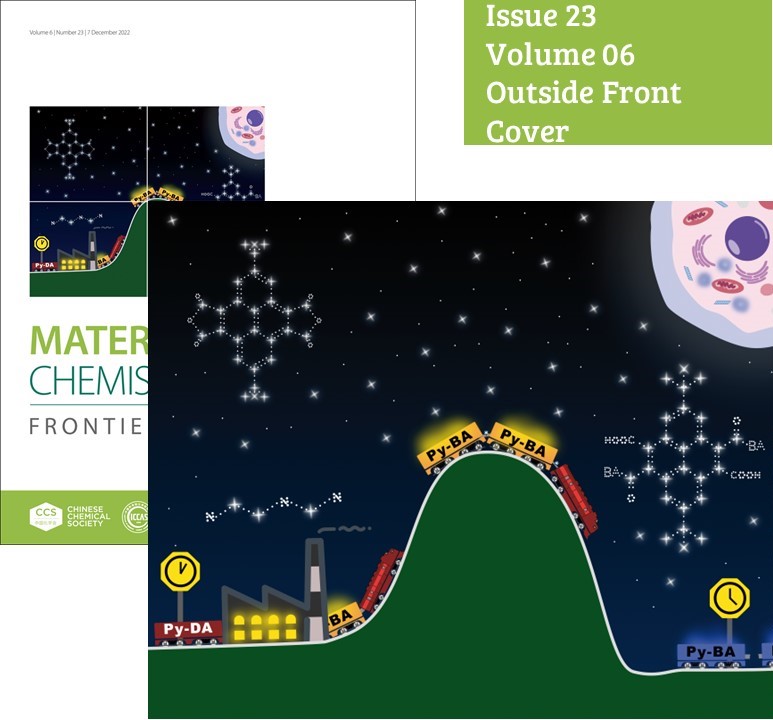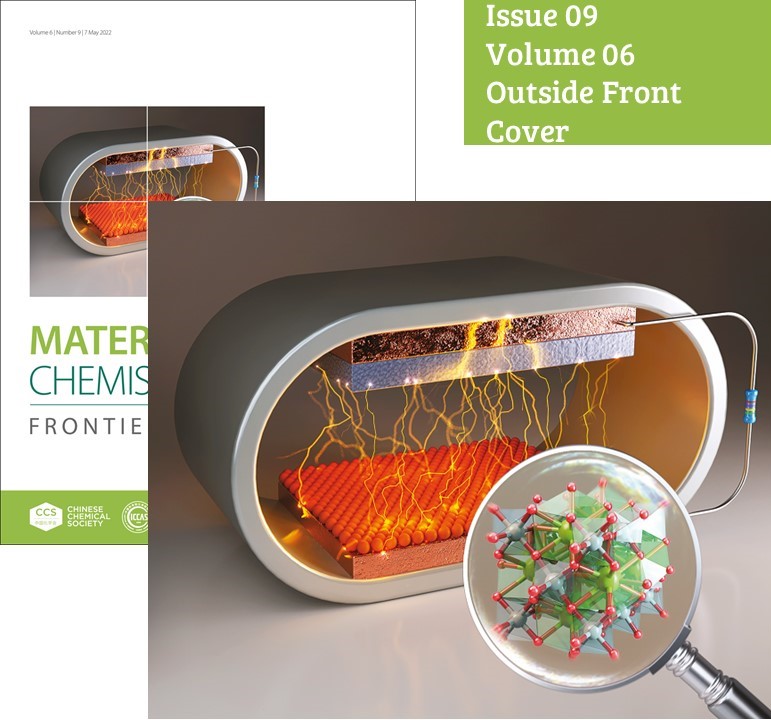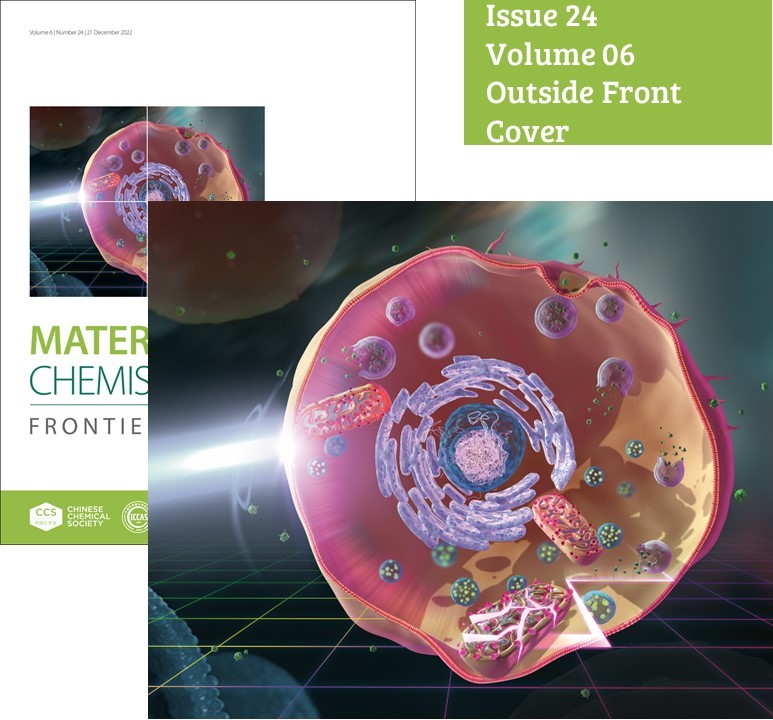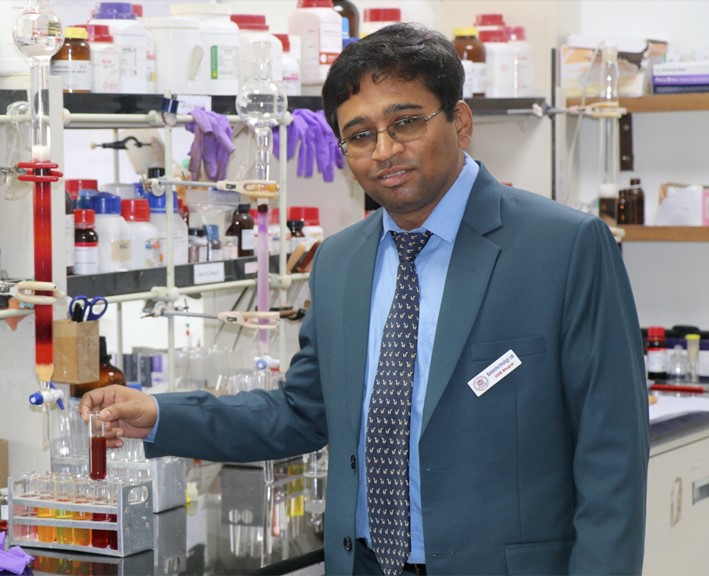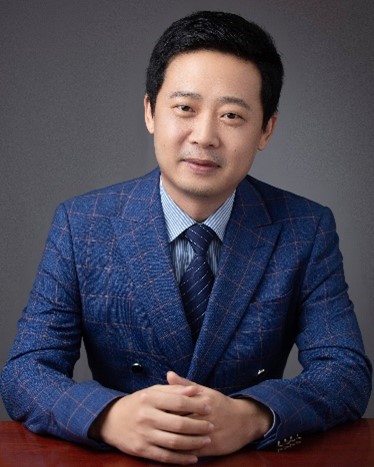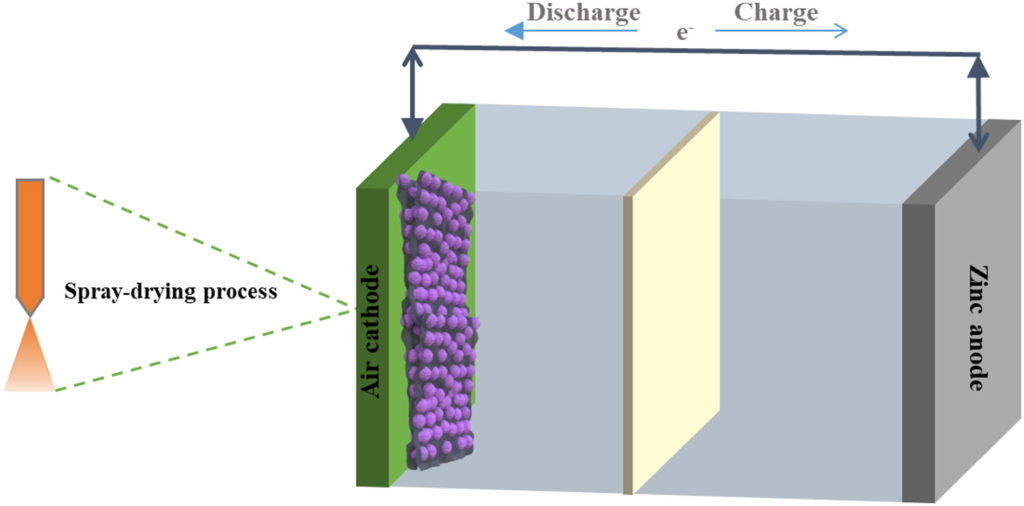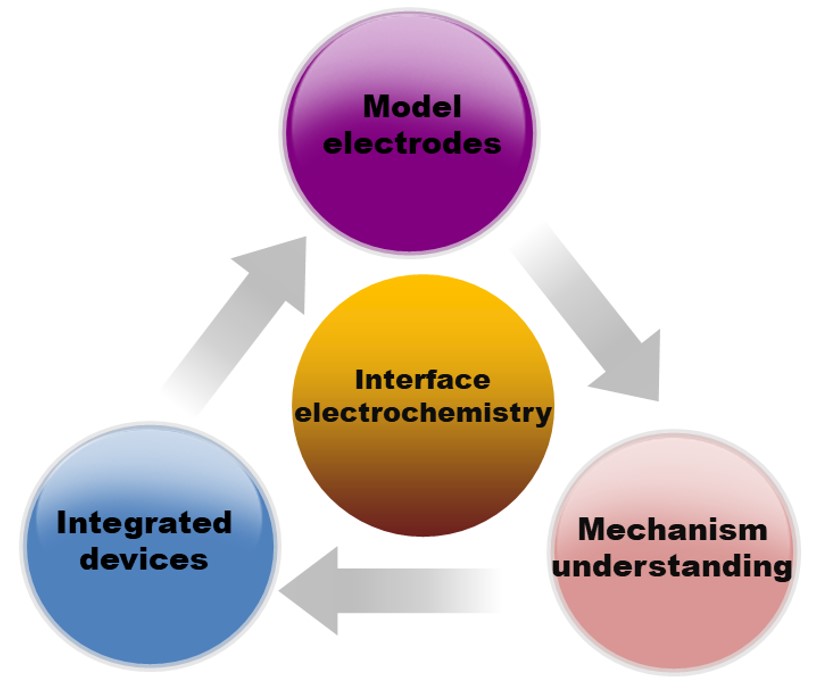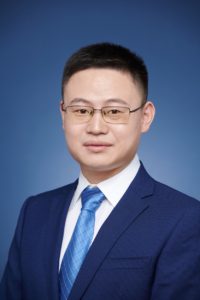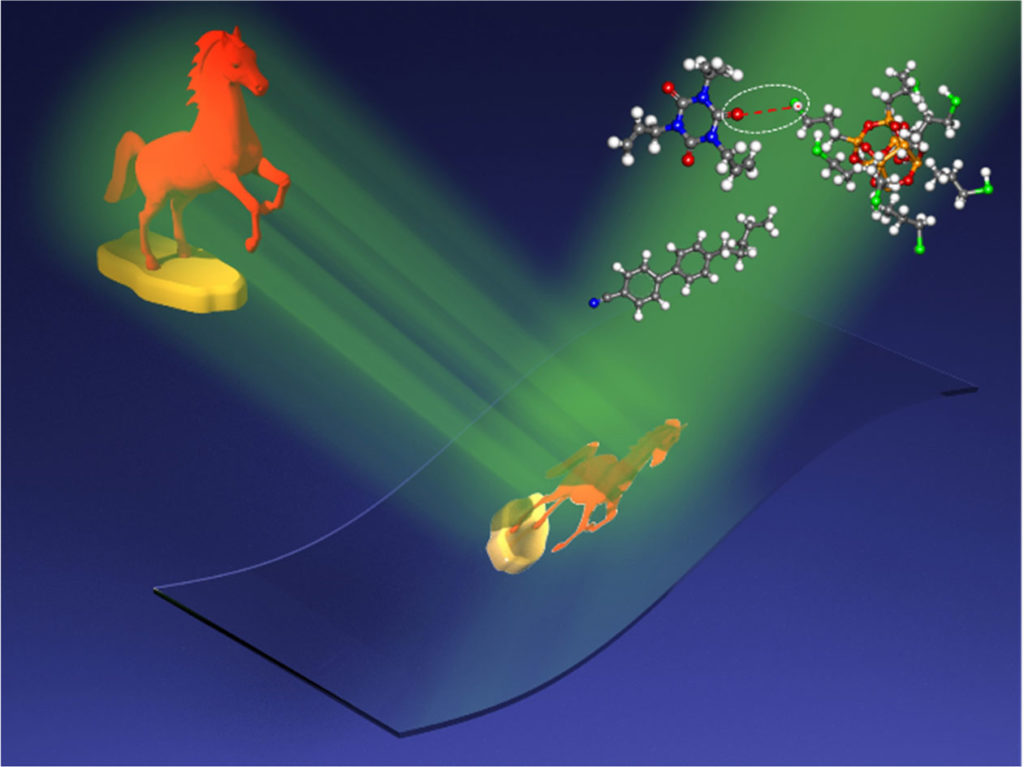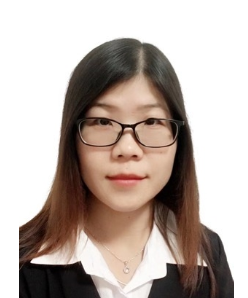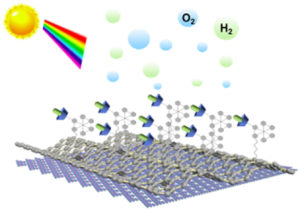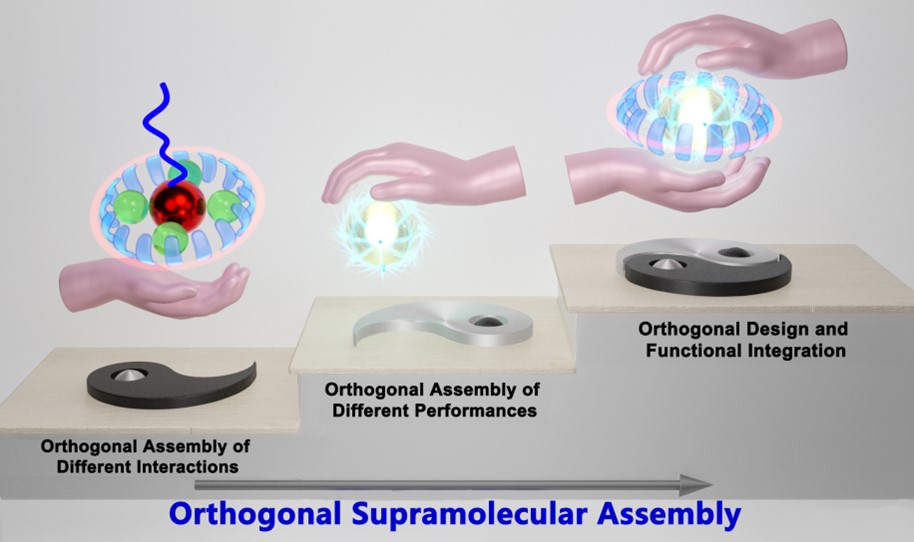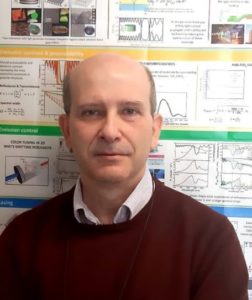Emerging Investigator: Nan Jiang
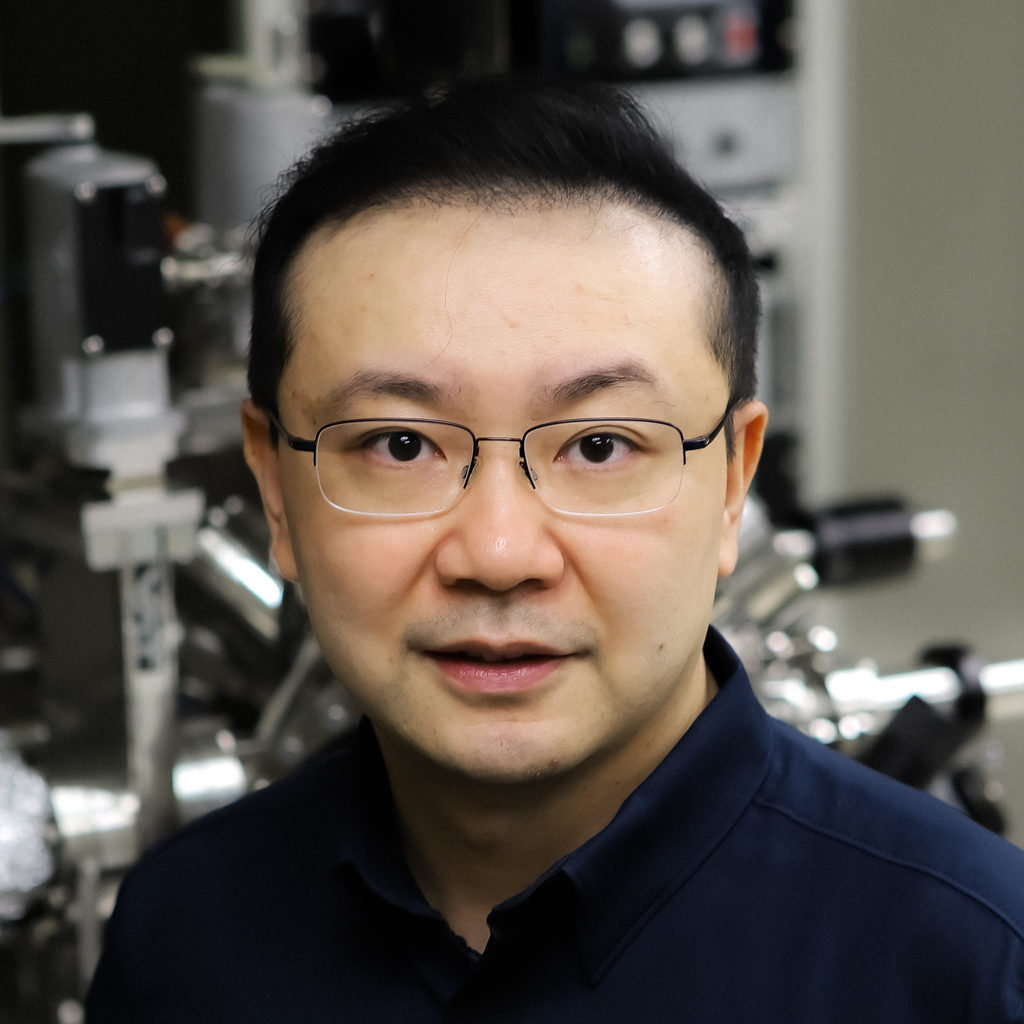 |
2000–2004 University of Science and Technology of China B.Sc.
|
Read Nan Jiang’s Emerging Investigator Series article in Materials Chemistry Frontiers and learn more about him.
| The selective blocking of potentially catalytically active sites on surface-supported iron oxide catalysts | ||
|
|
Selective growth of Pd and Pt on the edges of Au(111) supported FeO islands was observed. The complicated interfaces formed in selective growth raise a platform for the research of edge involved catalytic reactions. |
|
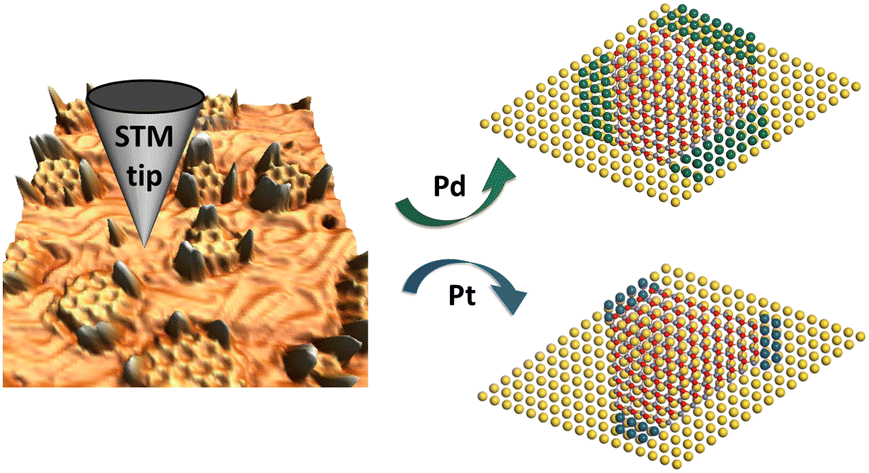 |
||
| From the themed collection: Frontiers Emerging Investigator Series | ||
| The article was first published on 23 Dec 2022 | ||
| Mater. Chem. Front., 2023, 7, 476-482 | ||
| https://doi.org/10.1039/D2QM01025A | ||
My research interests
| Key words: scanning probe microscope, Raman spectroscopy, tip-enhanced Raman spectroscopy, nanoscience, nanomaterials |
| The goals of my research group are to develop and apply scanning probe-based nanotechnology, including scanning tunneling microscopy (STM) and tip-enhanced Raman spectroscopy (TERS) to provide angstrom-scale mechanistic insights for complex chemical systems. My research is at the interface of Chemistry and Materials Science and provides the needed information about environmental heterogeneity in complex chemical systems such as nanostructures on metal surfaces and the surfaces of two-dimensional (2D) materials. My group is uniquely positioned to characterize these systems both spatially and chemically using STM and TERS. With the optical set-up which I designed, my group is now able to: (1) observe weak vibrational modes that would be lost with less sensitive Raman techniques, (2) improve the signal-to-noise ratio for TERS to investigate subtle changes in molecular binding at the atomic level, and (3) achieve spatial resolution of TERS below 1 nm. These findings will guide the rational design of nanoscale systems. |
10 Facts about me
| I published my first academic article as an undergraduate research assistant at the University of Science and Technology of China.
An accomplishment I’m particularly proud of is developing a hybrid technique by combining scanning probe microscopy with optical spectroscopy to understand and predict the single-molecule processes at the angstrom scale. I am most passionate about my work in pushing the spatial limit of chemical imaging because single-bond chemistry can be ultimately observed. I have the highest respect for Prof. Richard P. Van Duyne. He was a role model and leader who asked hard questions and provided enthusiastic suggestions for paths forward while also appreciating each student or postdoc for who they were. Although Prof. Van Duyne passed away in 2019, his legacy lives on in the minds he molded where his passion for science lives on. My favourite thing to do outside of work is traveling. I can explore the unknown world and learn more. I chose chemistry as a career because chemistry can create new things. A key experience in my education was having done multiple-major studies in multiple countries. The biggest challenge for me is to convince others to believe in my crazy scientific proposals. One thing that can make me happy for sure is visiting a new country (maybe a new planet in the future). I advise my students to be valuable men, which is more important than just being successful men. |












